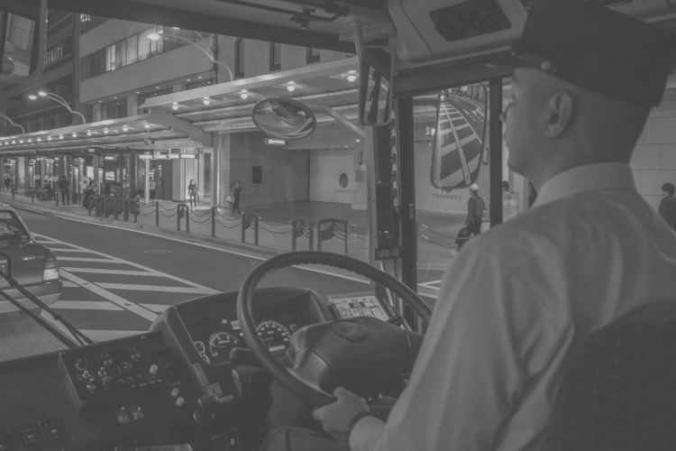In my experience, many bus drivers suffer from upper extremity work injury and occupational disease. That’s very unfortunate. There are many reasons for these types of workplace injury and industrial illness. Think about it. Every bus driver can suffer a work injury when applying force (in the arms) to drive the bus. Or, when performing repetitive arm movements to operate bus functions. On top, other bus driver work injury reasons include miscellaneous activities that relate to bus maintenance.
L&I warns about new work injury condition
Everyday work functions are already a reason for concern for bus drivers. If that’s not enough, L&I recently issued new warnings about upper extremity work injury risks. In recent news, the Department of Labor and Industries (L&I) published a bulletin alerting about a recent increase in shoulder injuries for bus drivers. Per L&I, bus drivers for multiple Washington State agencies reported injuries from opening and closing COVID-19 safety shields. Moreover, according to the news bulletin, drivers must repetitively open and close the shields in awkward positions. In fact, they conclude that the poor design of the shields is causing rotator cuff work injury.
L&I takes bus driver work injury occurrences very seriously
L&I developed resources to help Washington State workers and agencies avoid these shoulder workplace injuries. Furthermore, L&I recommends the use of automatic shields instead of manual ones. However, this is not a viable option for many bus drivers. To help, L&I wrote a manual to modify the shield to increase work safety and reduce injuries. I hope that workers and employers follow L&I’s recommendations.
Interestingly, the full L&I Hazard Alert is available in eleven languages. This hazard alert serves a good reminder for everyone. It’s very important to take safety precautions against COVID-19. More importantly, employers should think whether safety measures pose risks relating to injury at work for their own workers.

Leave a Reply